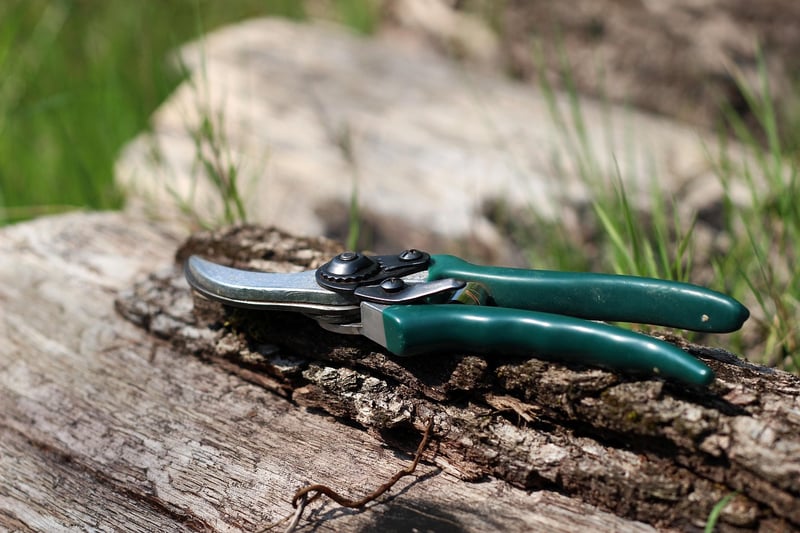Pruning Techniques
Keeping Your Garden Healthy: Essential Pruning Techniques
Having a healthy garden requires proper care and maintenance, and one crucial aspect of that is pruning. Pruning is the process of selectively removing parts of a plant to improve its overall health, shape, or fruitfulness. Here are some essential pruning techniques to help you keep your garden thriving:
1. Understanding the Basics
Before you start pruning, it's essential to understand the basic principles. Identify the type of plant you have and research the best pruning practices for that specific species. Different plants require different pruning techniques, so make sure you are familiar with the needs of each plant in your garden.
2. Tools of the Trade
Invest in high-quality pruning tools to make the job easier and more efficient. Essential tools include pruning shears for smaller branches, loppers for thicker branches, and a pruning saw for larger limbs. Keeping your tools sharp and clean will ensure clean cuts that promote plant healing.
3. Timing is Key
Knowing when to prune is crucial for the health of your plants. In general, prune flowering shrubs right after they bloom, prune fruit-bearing trees in late winter to early spring, and prune deciduous trees during their dormant season. Avoid pruning during extreme weather conditions or when plants are stressed.
4. Techniques for Different Plants
For shrubs and bushes, use thinning cuts to remove entire branches at the base to improve airflow and light penetration. When pruning fruit trees, focus on removing dead or diseased wood, water sprouts, and crossing branches to encourage fruit production. With vines, such as grapes, prune to control growth and maximize yield.
5. Pruning for Shape and Health
Pruning can help shape your plants and promote overall health. Remove any dead, damaged, or diseased branches to prevent the spread of pests and diseases. Aim to create an open canopy that allows for better air circulation and sunlight exposure throughout the plant.
6. Aftercare and Maintenance
After pruning, clean your tools with a disinfectant to prevent the spread of infections between plants. Apply a layer of mulch around the base of pruned plants to retain moisture and suppress weed growth. Monitor your plants regularly for any signs of regrowth or issues that may require further pruning.
By mastering these essential pruning techniques and incorporating them into your gardening routine, you can ensure the health and vitality of your garden for years to come.


